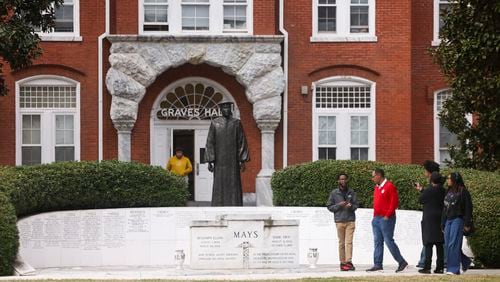In honor of Dutch scientist Jan Ingenhousz's 287th birthday, Google created a doodle to shine some light on his groundbreaking discovery of photosynthesis.
Here’s what you should know about Ingenhousz:
He’s from the Netherlands.
According to Biography.com, Ingenhousz was born on Dec. 8, 1730, in Breda, Staats-Brabant (part of the Dutch Republic).
He began studying medicine when he was 16 years old.
At age 16, Ingenhousz took an interest in medicine and began studying at the University of Leuven. In 1753, when he was 23 years old, he earned his medical doctorate.
He was particularly intrigued by inoculation against smallpox.
Inoculations were essentially a precursor to the modern-day vaccinations doctors use today.
During Ingenhousz’s time, doctors injected an active smallpox pustule into patients to prevent them from contracting smallpox.
These inoculations "consisted of pricking the skin with a needle that had been dipped into the pus of an infected person's wound – not a very pleasant-sounding business," according to the Google doodle blog.
Ingenhousz learned the craft himself and traveled through Europe to immunize hundreds of villagers at risk for smallpox.
He became Empress Maria Theresa of Austria’s personal doctor.
When the empress heard of Ingenhousz’s expert work with smallpox inoculations, she asked him to treat her and the rest of the Habsburg family.
Ingenhousz eventually became the family doctor.
His work on photosynthesis was groundbreaking.
Though scientists had already discovered that plants produced and absorbed gases, Ingenhousz was the first to notice that oxygen was produced by leaves in sunlight and carbon dioxide was produced in darkness.
He discovered this in the same lab as his colleague Joseph Priestly, the scientist who discovered oxygen.
Here’s how he figured it out, according to macroevolution.net’s Ingenhousz biography:
Ingenhousz placed plants underwater in a clear container and observed that the bottoms or undersides of the leaves made bubbles in sunlight.
But when the plants were placed in the dark, the bubbles stopped forming.
He also noticed gas was produced on the leaves and other green parts of the plant.
Ingenhousz collected the gas and ran a series of tests. He later discovered it to be oxygen because candles would burn when they were exposed to it.
The Dutch scientist published his findings in 1779 and went on to influence plant research for centuries to follow.
Ingenhousz died at age 68.
The scientist died on Sept. 7, 1799, in Great Britain, soon after he made significant contributions to the study of electricity, thermal conduction and particle motion.
About the Author






